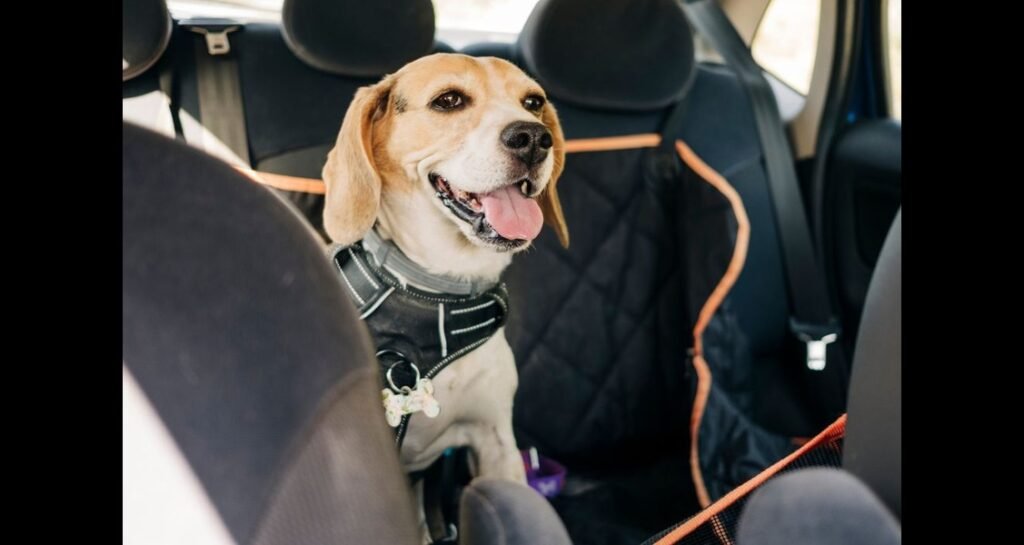Long car rides with pets can feel overwhelming, but proper preparation can transform stressful journeys into enjoyable adventures. Many pet owners avoid extended travel because they worry about their animal’s comfort and safety. However, implementing the right strategies makes these trips smoother for everyone involved. Keep reading to learn more about how to make long drives with pets easier for you and your car.
Prepare Your Vehicle Before Departure
Vehicle preparation plays a crucial role in ensuring successful pet travel experiences. Clean your car thoroughly and remove any items that could become dangerous projectiles during sudden stops. Install proper pet barriers or seat covers to protect your upholstery from scratches, fur, and accidents. Consider your vehicle’s specific needs and remember that everything you should know about performance truck tires includes how proper tires improve stability when carrying extra weight from pets and supplies.
Check your air conditioning system to ensure optimal temperature control throughout the journey. Pets overheat more quickly than humans, making climate control essential for their well-being. Test all safety restraints and carriers before departure to confirm they work correctly under travel conditions.
Pack Essential Pet Travel Supplies
Smart packing prevents mid-trip emergencies and keeps your pet comfortable during extended drives. Bring enough food and water for the entire journey, plus extra supplies in case of unexpected delays. Pack familiar blankets or toys that provide comfort and reduce anxiety in unfamiliar environments. Include cleaning supplies for accidents, first aid items, and any medications your pet requires.
Create a travel checklist to avoid forgetting essential items like leashes, waste bags, and documentation. Keep vital veterinary records easily accessible in case of emergencies or when crossing borders. Pack these items in waterproof containers to protect them from spills or weather damage.
Plan Strategic Rest Stops
Frequent breaks benefit both pets and drivers during long-distance travel. Plan stops every two to three hours to allow your pet opportunities for exercise, bathroom breaks, and hydration—research pet-friendly locations along your route, including rest areas with designated pet exercise zones. Many highway rest stops now feature fenced areas specifically designed for traveling pets.
Use these breaks to check on your pet’s condition and adjust their comfort as needed. Offer small amounts of water and allow them to stretch their legs safely on a leash. These regular intervals prevent restlessness and reduce the likelihood of car sickness or anxiety.
Maintain Proper Pet Safety and Restraint
Pet restraints protect your animal and prevent dangerous distractions while driving. Use carriers, harnesses, or barriers specifically designed for automotive use, rather than household alternatives. Secure carriers properly to avoid shifting during turns, stops, or sudden movements that could injure your pet.
Never allow pets to ride unrestrained in the front seat or with their heads outside windows. Flying debris can cause serious eye injuries, and unrestrained animals become dangerous projectiles during accidents. Position restraints allow pets to sit or lie down comfortably while remaining safely secured throughout the journey.
Monitor Your Pet’s Well-Being Throughout the Trip
Watch for signs of distress, including excessive panting, drooling, vomiting, or unusual behavior patterns. Keep the vehicle temperature comfortable and provide adequate ventilation without creating dangerous drafts. Some pets experience motion sickness, so discuss anti-nausea medications with your veterinarian before traveling to make sure your pet has a smooth trip.
Long drives with pets require thoughtful preparation, but the rewards of shared adventures make the effort worthwhile. Following these guidelines ensures safer, more comfortable journeys for you and your beloved companion. Remember that each pet has unique needs, so adjust these strategies based on your animal’s specific requirements and temperament.

